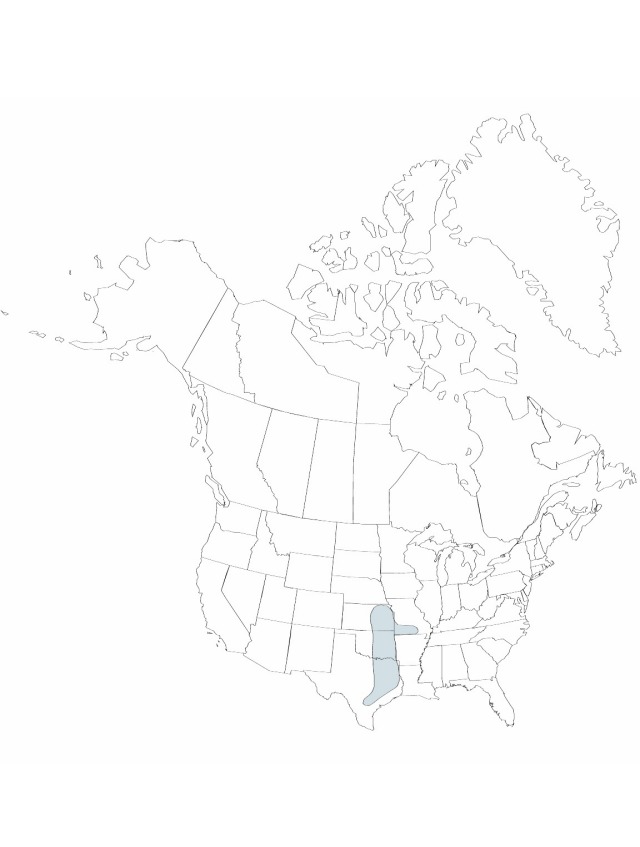Difference between revisions of "Tradescantia tharpii"
Contr. Arnold Arbor. 9: 70; plate 4, fig. 9; plate 9; map 7. 1935.
FNA>Volume Importer |
FNA>Volume Importer |
||
| Line 44: | Line 44: | ||
|publication year=1935 | |publication year=1935 | ||
|special status= | |special status= | ||
| − | |source xml=https://jpend@bitbucket.org/aafc-mbb/fna-data-curation.git/src/ | + | |source xml=https://jpend@bitbucket.org/aafc-mbb/fna-data-curation.git/src/f6b125a955440c0872999024f038d74684f65921/coarse_grained_fna_xml/V22/V22_152.xml |
|genus=Tradescantia | |genus=Tradescantia | ||
|species=Tradescantia tharpii | |species=Tradescantia tharpii | ||
Revision as of 19:01, 24 September 2019
Herbs, erect or ascending, rarely rooting at nodes. Stems absent or 2–7 cm in flower, to 20 cm in fruit, shaggy pilose to villous. Leaves: blade green, linear-lanceolate, 4–30 × 0.9–2.5 cm (distal leaf blades equal to or narrower than sheaths when sheaths opened, flattened), margins frequently clear or edged with rose, laxly and irregularly pilose or villous. Inflorescences terminal, solitary; bracts foliaceous, well developed, not saccate, sparsely to densely pilose. Flowers distinctly pedicillate; pedicels 4–6 cm, laxly pilose; sepals usually purple or rose-colored (rarely pale green), not inflated, 1.2–1.6 cm, uniformly eglandular-pilose; petals distinct, deep rose or purple, or frequently blue, broadly ovate, not clawed, 1.8–2.2 cm; stamens free; filaments bearded. Capsules 5–7 mm. Seeds 2–3 mm. 2n = 24.
Phenology: Flowering spring.
Habitat: Clay soils of rocky prairies and open woodlands
Distribution

Kans., Mo., Okla., Tex.
Discussion
Selected References
None.